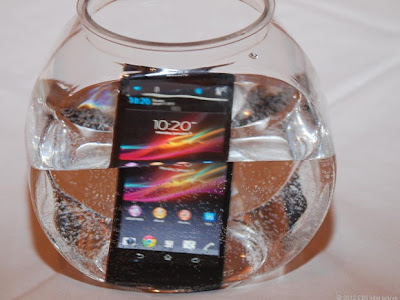For some users, rooting is the only way to go. It gives you root access to flash custom ROMs to your device and a number of other cool features. Unfortunately, rooting does void the warranty of your device and the only way to get it back is to restore your phone’s stock software. For those of you who want to try more apps, but aren’t willing to root your phone, there’s an alternative for you. It is possible to install apps on your device’s SD card without rooting your phone.
Requirements
Before you begin, you’ll need to have a few things:
You need to move all your applications from your SD card to your phone memory, so that your data will not be lost or corrupted in the process.
Download the Java Development Kit (JDK) onto your computer and install it.
Download the Android Software Development Kit (SDK) onto your computer and install it.
Make sure that your device’s PC Suite has been installed on your computer.
Enable USB Debugging on your device through the path “Settings> Applications > Development > USB Debugging”
Disable your firewall and antivirus tools on your computer, as they might interrupt the process.
Instructions
Once you’ve got all of these, you may now proceed to installing apps on your SD Card:
After installing both the Java SDK and the Android SDK, run a tool called Android SDK Manager. To do that, you need to open a command prompt, switch to the directory where the Android SDK is installed, and issue the command “android” (without the quotes). Android SDK Manager will start.
In Android SDK Manager, click the “Tools” tab and check whether both “Android SDK Tools” and “Android SDK Platform-tools” are installed. Both need to be installed.
If both items are already installed, close Android SDK Manager.
Connect your device to the computer with the USB Cable.
On the command prompt, switch to the /platform-tools folder inside the folder where the Android SDK is installed.
Issue the “adb devices” command (without the quotes) to check if your phone is properly connected and recognized by your computer. The command will show you the list of attached devices.
If your phone has been properly recognized, issue the command “adb shell pm getInstallLocation” (without the quotes) to see the current install location. It will show one of the following three values:
0 [auto]: Let the phone decide the best location for an app
1 [internal]: It installs everything in the internal storage
2 [external]: It installs everything in the memory card
By default, the install location is set to 0 [auto]. We will need to change the value from 0 to 2, so that the installation happens on your SD card. On the command prompt, issue the command “adb shell pm setInstallLocation 2″ (without the quotes).
If there are no error messages, unplug the phone and restart it. Once it restarts, you’ll be able to easily install applications to your SD card.
Congratulations! You can now install apps to your phone’s SD card even if your phone is not rooted.






 The list of impressive specs goes on with the Xperia Z camera - it's a 13MP shooter with improved performance over last year's flagships. The custom Sony software has been updated as well - it offers HDR mode for video, which is a first on a mobile phone.
The list of impressive specs goes on with the Xperia Z camera - it's a 13MP shooter with improved performance over last year's flagships. The custom Sony software has been updated as well - it offers HDR mode for video, which is a first on a mobile phone. The screen is obviously the star of the show - at 5" and 1080p, it's the sharpest screen that Sony has put on a phone to date and, while not unique, its pixel density is probably beyond what the human eye can perceive
The screen is obviously the star of the show - at 5" and 1080p, it's the sharpest screen that Sony has put on a phone to date and, while not unique, its pixel density is probably beyond what the human eye can perceive The smartphone will launch with Android 4.1.2 Jelly Bean with Sony's latest customizations on top (the 4.2 update is to follow soon after). The S4 Pro chipset and the latest Android OS will ensure smooth operation of the interface.
The smartphone will launch with Android 4.1.2 Jelly Bean with Sony's latest customizations on top (the 4.2 update is to follow soon after). The S4 Pro chipset and the latest Android OS will ensure smooth operation of the interface.